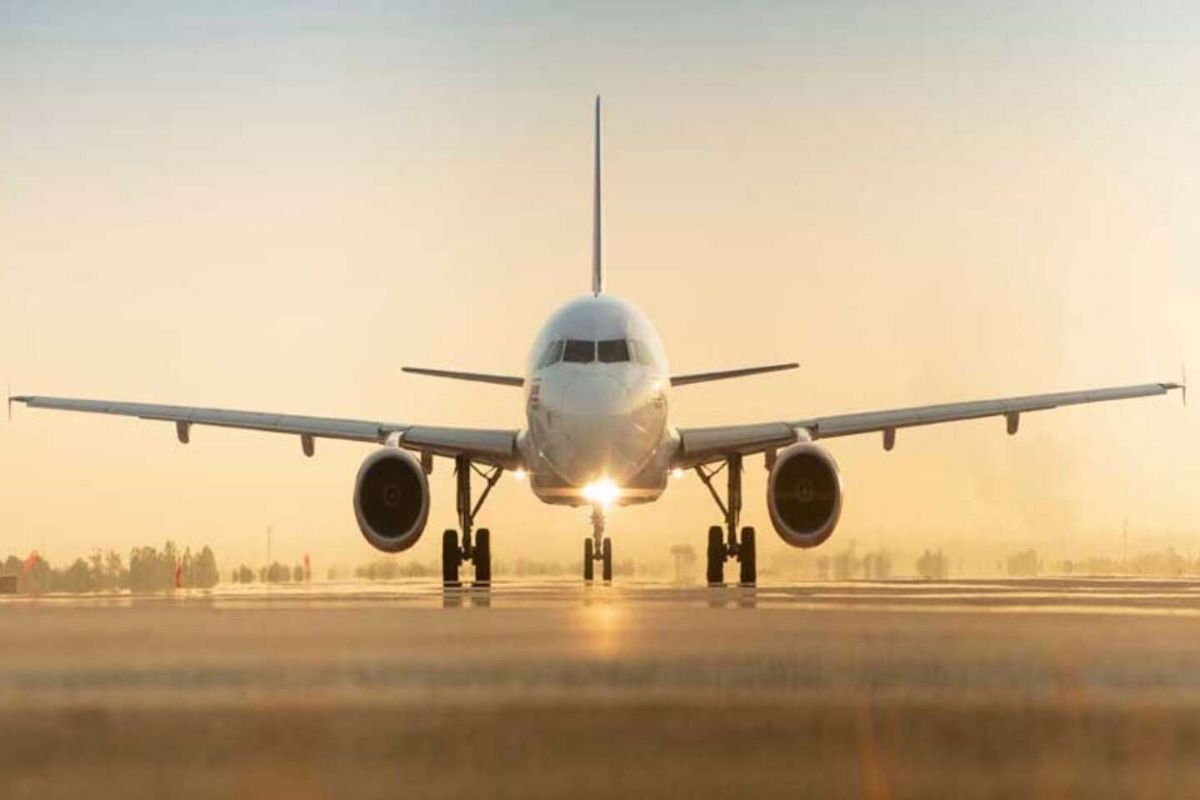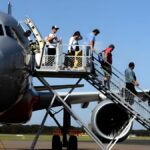According to a report by PTI, the Ministry of Civil Aviation (MoCA) has allowed Indian airlines to take wide-body aircraft on wet leases for up to a year as part of its ongoing efforts to turn India into a significant international air traffic hub.
According to a senior ministry official, the criteria have been relaxed, and airlines that want to fly wide-body aircraft will be able to do so for up to a year while leasing them out. Wet leasing of wide-body aircraft has only recently been permitted for a maximum of six months.
IndiGo, the country’s largest airline, said on Sunday that it approached the ministry and received a communication confirming the ministry’s approval to allow Indian carriers to wet/damp lease aircraft for a period of six months, extendable for another six months.
Such relief will be available to all Indian carriers upon request, and the ministry will consider it based on the international destinations that the airline intends to serve, according to a statement.
“We have plans to induct B777 aircraft on a wet/damp lease basis during the current winter schedule,” the airline said, adding that the contract is currently being finalised.
Airlines to “wet leasing” aircraft to meet the rising demand
It should be noted that the DGCA allowed IndiGo to wet lease wide-body Boeing planes from Turkish Airlines for up to six months last month. Planes are leased along with the operating crew and engineers under the wet lease arrangement.
According to a ministry official, Indian airlines that wants to operate planes on wet lease in the United States and Europe will be allowed to do so for up to a year.
According to a ministry official, allowing wet leasing of planes for a longer period of time will allow Indian carriers to operate more wide-body aircraft.
The official added that Air India, which was acquired by the Tata group in January of this year, is being stabilised and that it will take more time before they acquire more wide-body planes.
Air India is currently dry leasing planes as it expands its operations. With more wide-body aircraft in service, Indian carriers will be able to ferry more passengers, allowing the country to become a key international hub for air traffic in the coming years, according to the official.
Wet leasing of planes is generally permitted for short periods of time to address supply constraints and ensure that airfares do not skyrocket.
What is wet & dry leasing?
Wet Leasing: A wet lease is a leasing arrangement whereby one airline (the lessor) provides an aircraft, complete crew, maintenance, and insurance (ACMI) to another airline or other type of business acting as a broker of air travel (the lessee), which pays by hours operated. The lessee provides fuel and covers airport fees, and any other duties, taxes, etc.
Dry Leasing: A dry lease is a leasing arrangement in which an aircraft financing entity (lessor), such as AerCap or Air Lease Corporation, provides an aircraft without any crew, ground staff, or other personnel. Leasing companies and banks typically use a dry lease, which requires the lessee to obtain its own air operator’s certificate (AOC) and provides aircraft registration.
(Source: Inputs From PTI)
Follow and connect with us on Facebook, Twitter, LinkedIn, Instagram and Google News for the latest travel news and updates!





